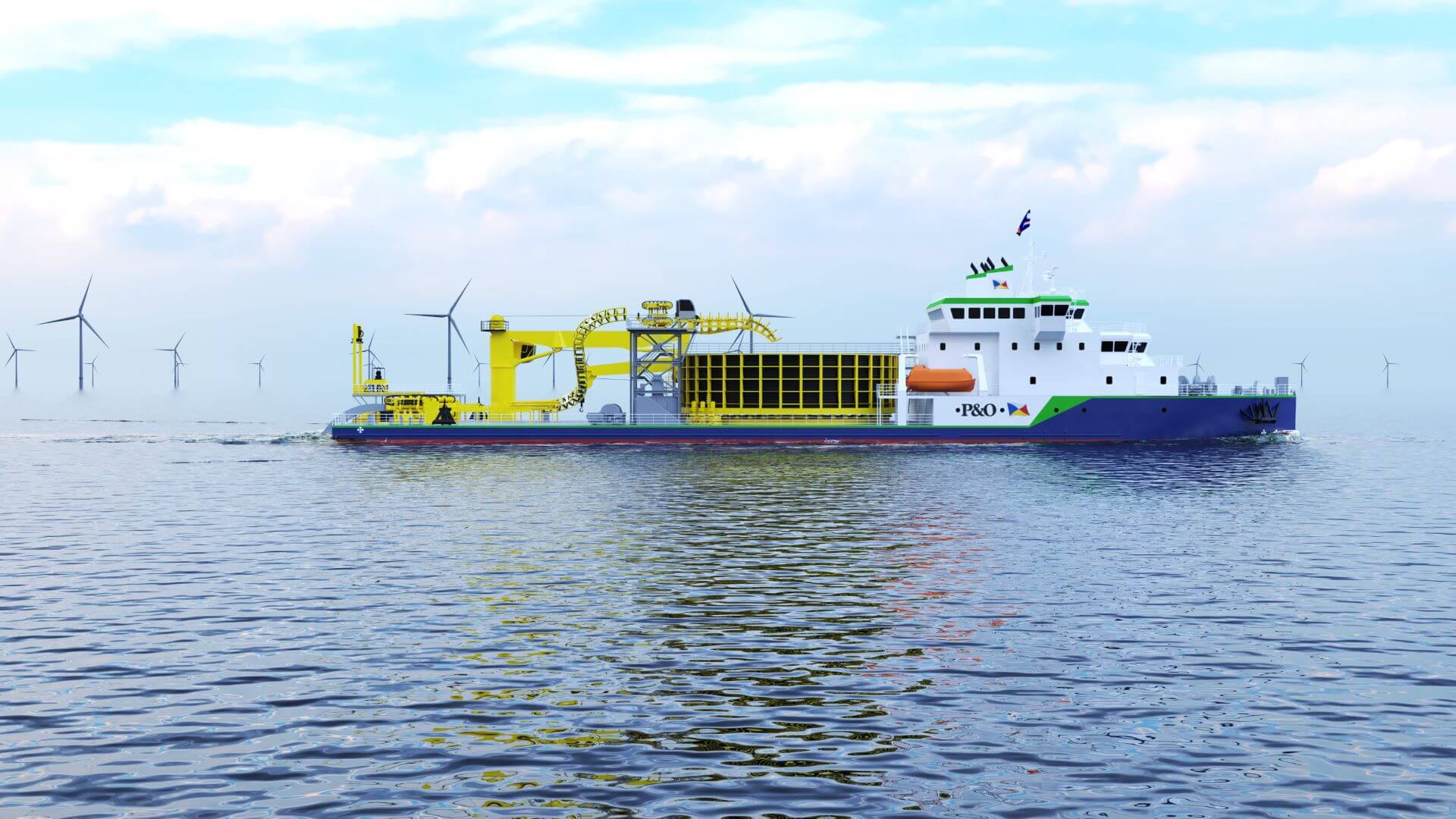UPDATED 1 Sept: The EI library in London is temporarily closed to the public, as a precautionary measure in light of the ongoing COVID-19 situation. The Knowledge Service will still be answering email queries via email , or via live chats during working hours (09:15-17:00 GMT). Our e-library is always open for members here: eLibrary , for full-text access to over 200 e-books and millions of articles. Thank you for your patience.
New Energy World™
New Energy World™ embraces the whole energy industry as it connects and converges to address the decarbonisation challenge. It covers progress being made across the industry, from the dynamics under way to reduce emissions in oil and gas, through improvements to the efficiency of energy conversion and use, to cutting-edge initiatives in renewable and low-carbon technologies.
New method for designing wind turbines
1/3/2023
News
The height of wind turbines and the length of their blades are increasing apace. As a result, the huge forces exerted on the blades and rotor hub are becoming even greater. Calculating how wind behaves at a wind farm and what that means for the levelised costs of energy has many uncertainties. However, a new research method has been developed that significantly reduces the gap between simulation and reality.
The findings have been published in a newly published report that was co-sponsored by the Netherlands’ Ministry of Economic Affairs and Climate Policy through Energy Innovation NL. The research is part of a project that aims to make offshore wind cheaper by developing innovative calculation methods for modelling wind behaviour. The consortium, led by TNO, also includes Delft-based Whiffle and GE Wind Energy of Germany.
The aim of the research was to enable more realistic modelling of the performance and reliability of wind turbines operating in the field. These factors are the result of the aerodynamic interaction between the wind and the turbine blades, explains TNO expert Simone Mancini. Loads depend to a large extent on the characteristics of the wind field. The atmospheric wind behaviour is complex and site-specific, with wind behaving erratically and unpredictably, he adds.
‘Current models are still too simple and based on statistics and assumptions that are not representative of the high variation in the conditions at a wind farm. There is still a gap between what wind turbine designers use for their calculations and what happens once the turbines have been installed and put into operation at sea or on land,’ says Mancini.
TNO and Whiffle have been collaborating for some time on the AeroLES project, which is developing and validating new computational methods to take into account the complexity of real atmospheric wind when designing new-generation wind turbines.
The latest research combined Whiffle’s atmospheric models with TNO’s wind turbine aerodynamics models. Wind field predictions obtained with the new numerical tool were validated against real wind measurements at a ridge in Germany, a plain in the Netherlands and in the North Sea. The results offer designers of wind turbines new insights into ways to make them cheaper and more efficient, say the researchers.
‘The aim was to take the large-eddy simulations (LES) to the next level, allowing designers to benefit from more realistic inflow modelling to get more reliable estimates of their wind turbine’s expected loads and performance once it is placed on the field,’ explains Mancini. ‘The next phase will involve validating the new load predictions against real load measurements from an instrumented turbine that TNO is currently testing on the field. But the foundations have now been laid for this.’
First proposed Gulf of Mexico offshore wind sale
Meanwhile, in other wind-related news, the US Department of Interior has announced details for the first offshore wind lease sale in the Gulf of Mexico, which will help support the Biden-Harris administration’s goal of deploying 30 GW of offshore wind energy capacity by 2030. The proposed sale includes three areas in federal waters off the coasts of Galveston, Texas, and Lake Charles, Louisiana. The Bureau of Ocean Energy Management (BOEM) is now asking for comments on the proposed lease areas and stipulations in the proposed sale notice (PSN).
New zero emission wind farm cable laying vessel
In other news, P&O Maritime Logistics has unveiled plans to convert one of its multi-carrying vessels into a new zero emission vessel with cable laying capabilities that will be used in the offshore wind sector. The concept design is now complete and the vessel is expected to start operations in 3Q2024.

P&O’s new zero emissions offshore cable laying vessel will start connecting wind farms to shore in 3Q2024
P&O Maritime Logistics
The highly manoeuvrable vessel design features a state-of-the-art battery system, a low fuel consumption propulsion layout for green methanol fuel and zero emission operations. Tasked with connecting offshore wind farms to the mainland, the vessel features an ultra-shallow draft, engineered grounding capability and has a 4,000-tonne cable load capacity.
